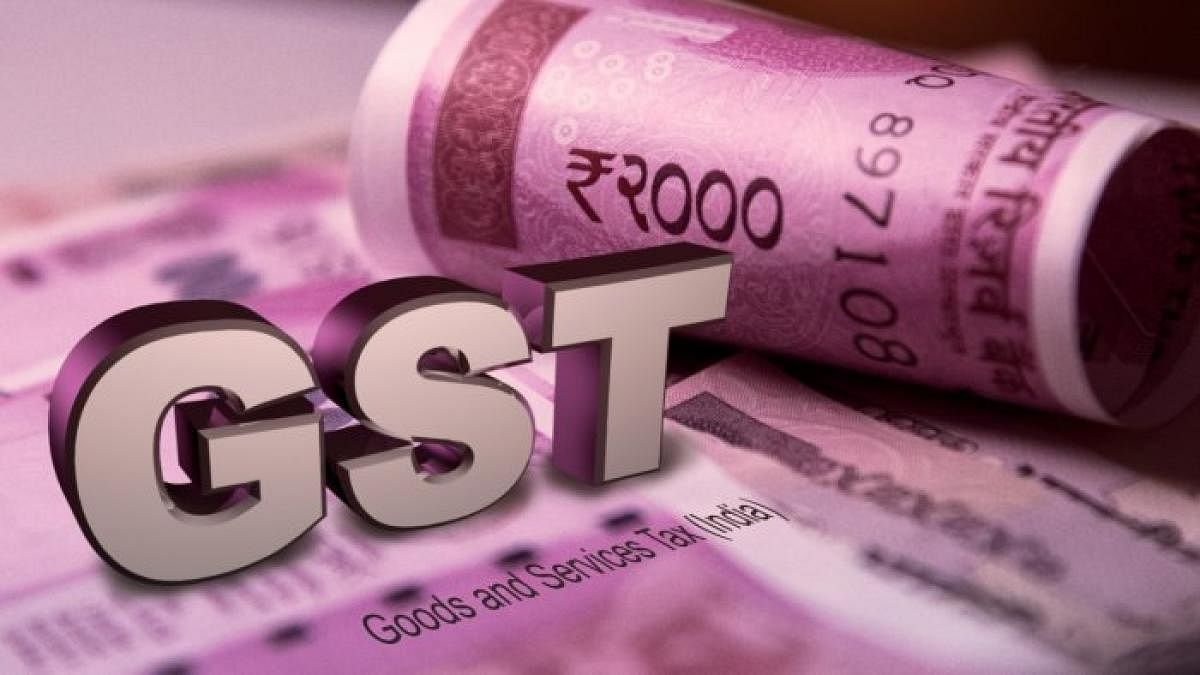
The Supreme Court of India has taken a stance that the GST Council – the high-powered body comprising the Union Finance Minister and the respective lateral nominees from the state government to put decisions on the Goods and Services Tax regime in action -- is merely recommendatory in nature. The reasoning of the Supreme Court was that the contraindication would mean that the Centre and the states do not have their independent fiscal freedom.
There was also an observation made by the Supreme Court: the independence of the states is essential to address the political alignment of a state and GST cannot be a tool to move the political scale. A look at the GST council’s website has a prominent logo ‘One Nation, One Market’.
The intention of the council is to make the federal structure into one that is unitary in nature. Since coming into effect from July 1, 2017, there were 44 meetings conducted by the GST Council. This translates to approximately nine meetings per year, which by no means is infrequent.
A look at the minutes of the meeting of the GST council reveals a small percentage of disagreements that are recorded. This issue is aggravated when the states operate the unwilling GST proposal until the next GST Council meeting is held. While this may seem like arm-twisting the state to abide by a decision, the autonomy of the states to decide on what is best for them is indeed detached to a council where they would have a vote.
A similar problem cropped up in the European Union, where the countries felt under-represented. In 2019, the European Union brought a system called ‘qualified majority voting’, where there exists a system of accepting the decision of the council (European Council) based on two simultaneous criteria: the majority of 55% and minimum sponsor of 65% of the states.
These criteria effectively ensure that no proposal is handed down based on a majority alone. While this position was not considered by the Supreme Court when discussing the nature of the GST council in India, it merely alluded to the negative effect that the council may have on the federal approach to state autonomy.
The power of the president is one example that we find in the Constitution, where the term ‘recommendation’ is most used. The President of India, being a political appointee, is conferred with the power to make a recommendation. However, the elected representatives prevail.
The GST Council is rather similar in its structure -- the decisions made in the council are binding on the states, which may not necessarily wield the power in the council to implement certain fiscal policies that may be beneficial to the electorate. This is where the line of freedom and choice of the voters become prominent. The voter has voted for a particular political party for the state and for managing the affairs of the state.
The role of the voter, in so far as the state elections are concerned, is for the betterment of the state and not necessarily for a unitary India, as there is an alternative voting avenue for the electorate.
The legitimate aim of a state, as part of the federal structure, is to bring the best for the voter and a good 54% of the value of the goods or services comprises taxes, a matter that can swing the vote banks.
The separation of the aim of the electorate with that of the goal pursued by the GST council in altering the tax paid by the state is one that strikes at the core of the expectation of the electorate. The Supreme Court by making the GST Council’s decisions recommendatory in nature has given the states the option of ‘opt in’ on or ‘opt out’ of the decisions.
While this may alter the goal of the ‘one nation, one tax’ ideology, the opt-in or opt-out will have consequences for the state, which can individually be held accountable for. This not only gives a wider perspective to the electorate in determining their state leaders but also holds them accountable to the hard-earned money that they are paying as taxes.
Unlike the income tax, which is direct in nature, the GST is an indirect tax and directly affects the end user, the electorate or the voter. This is far too significant to be collectively decided on the basis of a majority. The blame game between the Centre and the non-aligned state would no longer be tenable as the option to ‘opt in’ on a decision of the council was willfully made by a state. While this may create increased polarisation in the fiscal policies of the states, the fiscal policies themselves are far from aligned.
‘Electricity’ as a commodity to be brought under the GST regime is one that is contested vehemently by the non-aligned states but the Centre-aligned states are far too willing to bring it under the helm. The differences are stark when it comes to essential commodities which affect the common voter and person alike.
The ‘kicking up’ of taxes of the state to the Centre has been present in the Constitution and indirectly affects the Centre for the actions of the state. This is a willfully imbibed provision as it preserves the autonomy of the state rather than the Centre, or its collective, deciding what would be best for the voter. This undermines the state government and its ability to get its house in order for the free will of the voter.
(The writers are professors of International Law.)